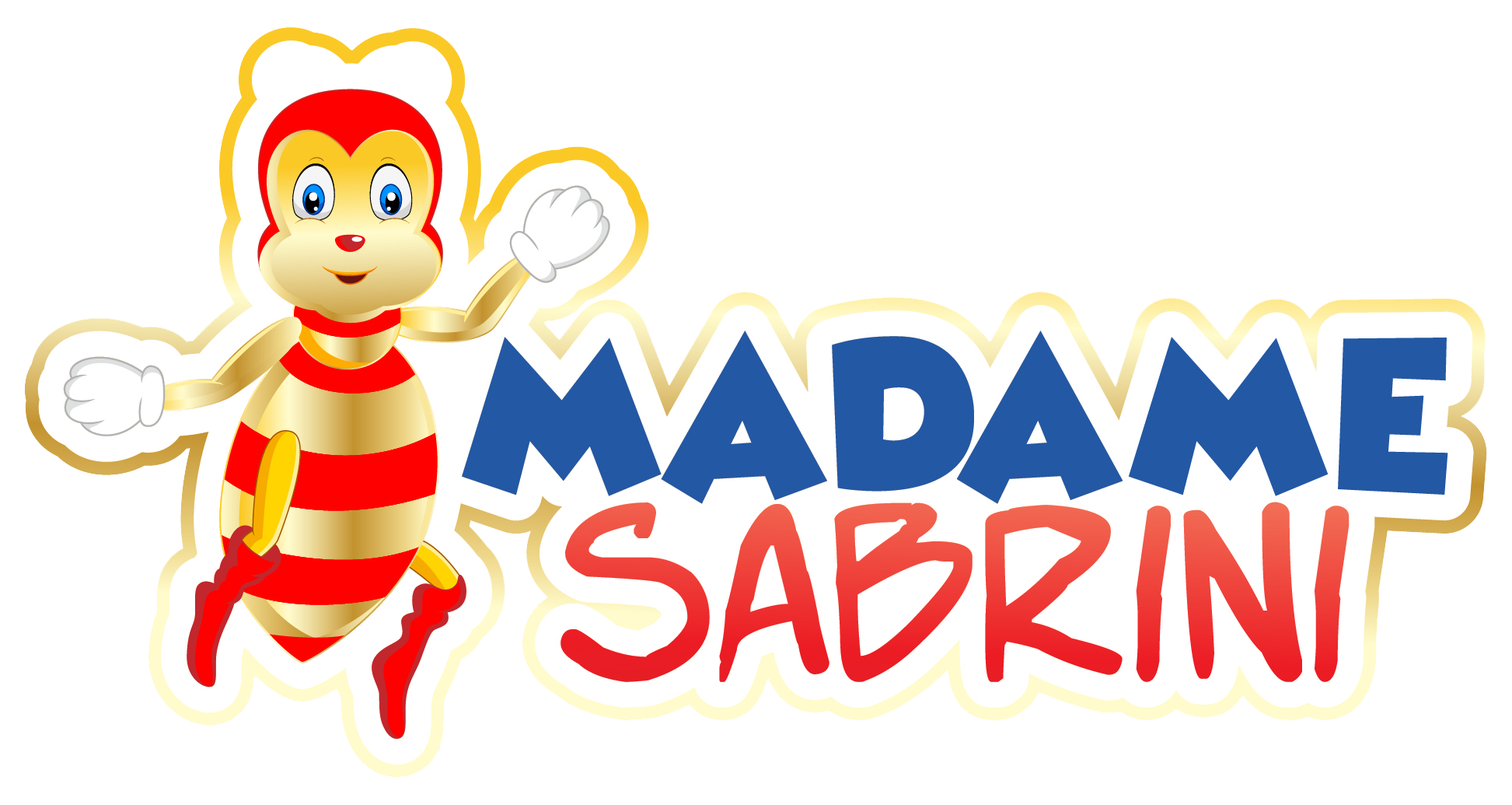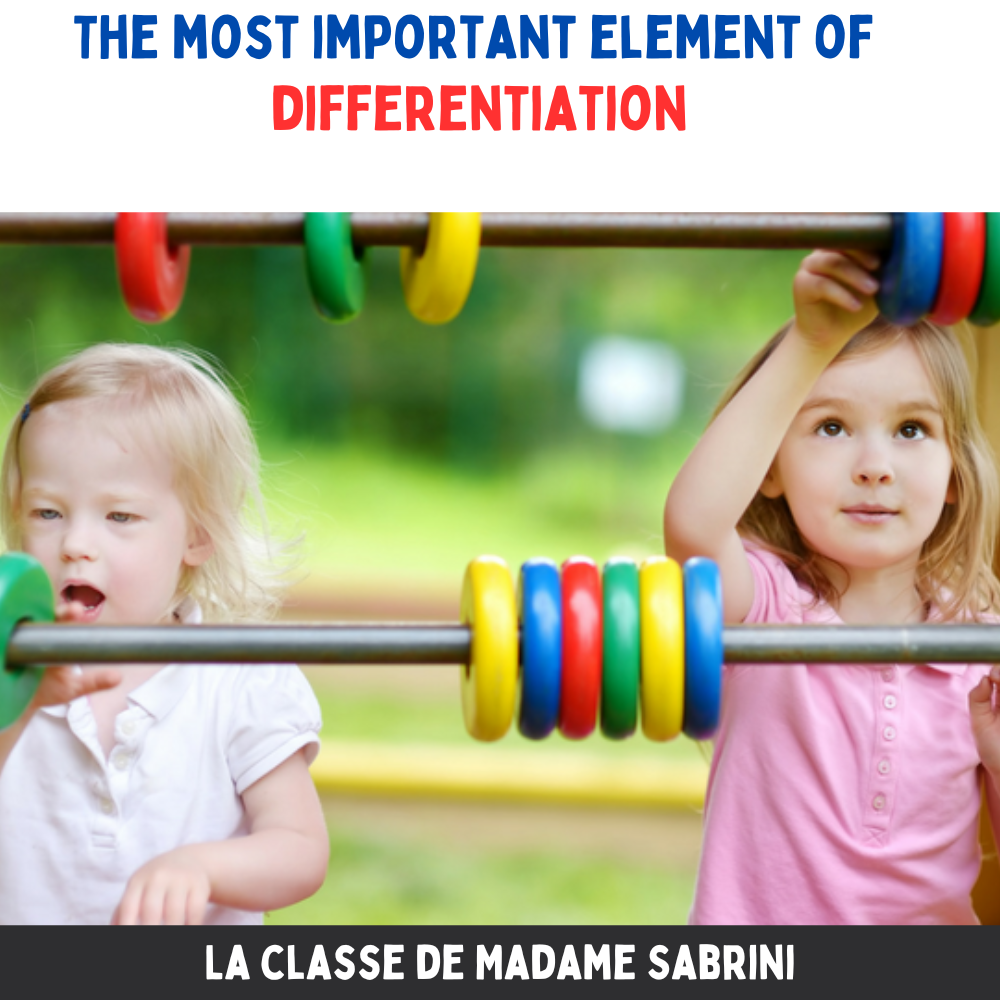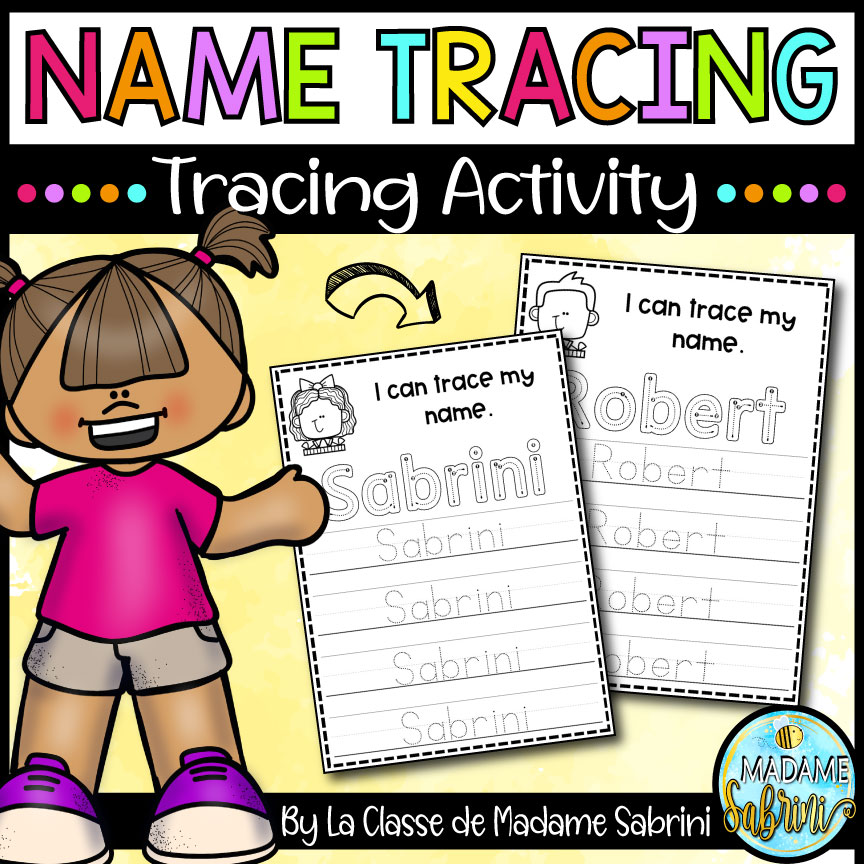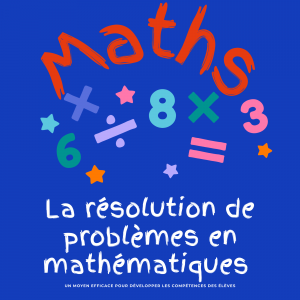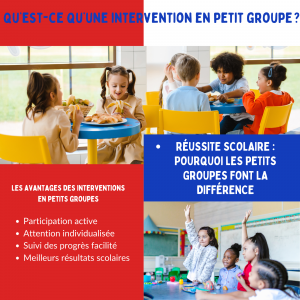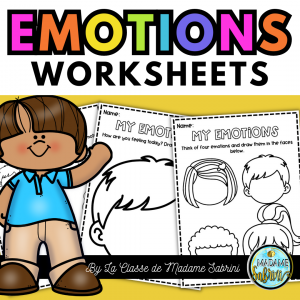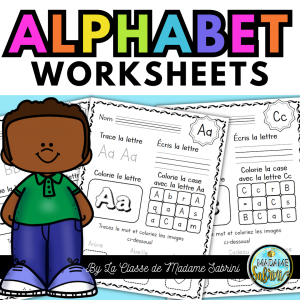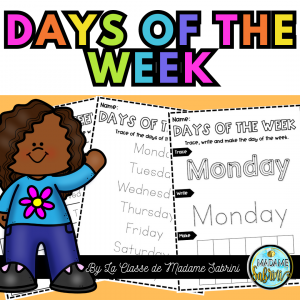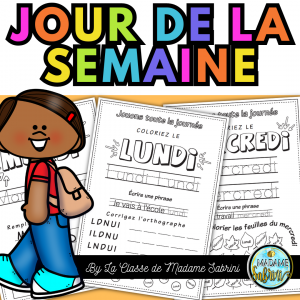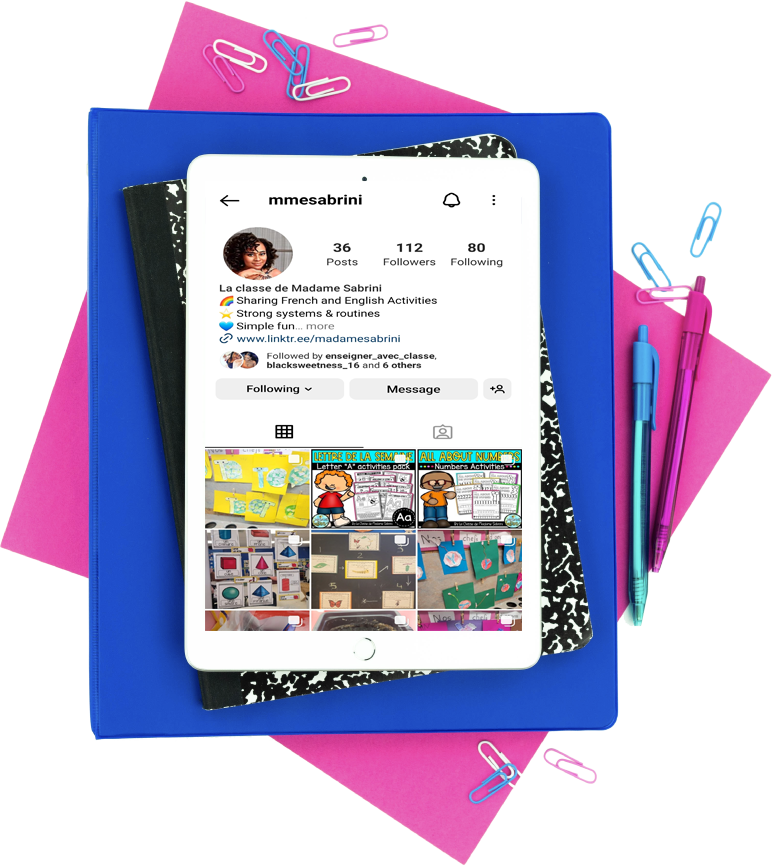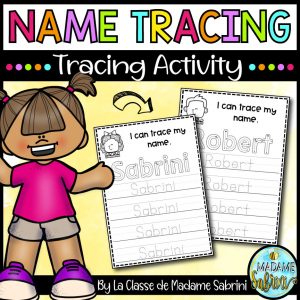This post may contain affiliate links which means I may receive a commission for purchases made through links. I will only recommend products that I have personally used! Learn more on my Private Policy page.
As teachers, we all know that differentiation is a critical aspect of creating a successful and engaging classroom for all of our students. However, despite its importance, many educators still struggle to truly understand and implement effective differentiation strategies. What is the most overlooked element of differentiation, you may ask? The answer is surprisingly simple: understanding what our kids love and how they learn best. In this blog post, we will explore why this knowledge is so crucial for effective differentiation, and how teachers can start to develop a deeper understanding of their students’ unique interests and learning styles.
What is differentiation?
Differentiation is a teaching approach that aims to help kids with varying abilities and learning styles learn effectively in the same classroom. It’s a way to tailor instruction and activities to the individual profile of each student, helping them to better understand the concepts being taught and make progress at their own pace. The goal of differentiation is to ensure that all students are challenged and supported in ways that enable them to reach their full potential in school.
The purpose of differentiation
At its core, differentiation is all about helping kids learn and grow in the best possible way. By tailoring instruction and activities to meet each student’s unique needs and learning style, teachers can help ensure that every child is able to make progress and achieve their full potential. Differentiation is not just about making things easier or harder for different students; it’s about understanding the strengths, weaknesses, and profiles of each child and using that knowledge to provide targeted support and challenge. Ultimately, the goal of differentiation is to create an inclusive, student-centered classroom where everyone has the tools and resources they need to succeed.
The most important element of differentiation
While many educators understand the basic concept of differentiation, not everyone realizes the most critical element. Differentiation is all about helping kids learn, and the most critical element of differentiation is helping each student learn in a way that suits their individual learning profile.
Every student is unique, and what works for one child may not work for another. Differentiation acknowledges this fact and allows teachers to tailor their instruction to suit each student’s individual learning style. By doing so, teachers can help ensure that every student receives the support and guidance they need to succeed in school.
When teachers take the time to understand their students’ individual learning profiles, they can identify specific areas where students may need additional help or support. For example, some students may struggle with reading, while others may have difficulty with math. By identifying these areas of need, teachers can provide targeted instruction and support to help each student reach their full potential.
At its core, differentiation is all about providing students with the tools and support they need to learn and grow. By focusing on individual needs and learning profiles, teachers can help every student succeed in school and beyond. With the right support and guidance, students can develop the skills and confidence they need to thrive in the classroom and beyond.
How to differentiate effectively
Now that we’ve established the importance of differentiation and its core element, it’s time to delve into how teachers can effectively differentiate in the classroom.
Firstly, it’s essential to get to know your kids and understand their unique learning styles and needs. Each child has their own profile, and it’s up to us as educators to help them learn and grow in the most effective way possible.
Secondly, once you understand each child’s profile, you can start to group them accordingly. Differentiation doesn’t always have to be one-on-one; it can also occur in small groups of similar profiles.
Thirdly, providing different types of learning materials can also help with differentiation. For example, some children may excel with hands-on activities, while others may thrive with visual aids or written materials.
Finally, one of the most effective ways to differentiate is through the use of technology. Programs such as interactive whiteboards, educational games, and other digital resources can help teachers tailor their instruction to different profiles.
By implementing these methods, teachers can help each child learn and grow in the most effective way possible, ultimately leading to greater success in school and beyond.
Examples of differentiation in the classroom
In order to truly understand how differentiation can be effective, it’s helpful to look at some examples of how it can be implemented in the classroom.
First, it’s important to understand that differentiation is not a one-size-fits-all approach. It involves tailoring teaching methods and content to fit the unique needs of individual students. Here are a few examples of how differentiation can be applied in different scenarios:
– For kids who struggle with reading comprehension, a teacher might create alternative assignments or provide extra resources such as graphic organizers or simplified versions of the text. This can help them to better understand and retain the material.
– In a school where there are students with a wide range of academic abilities, a teacher might create leveled activities or group work that can challenge high-achieving students while still providing support for those who need it.
– For students who learn best through hands-on experiences, a teacher might incorporate more project-based learning into their curriculum. This allows students to apply what they’re learning in a practical way, which can be especially helpful for students who struggle to engage with traditional lectures or written assignments.
– Finally, it’s important to consider students’ individual profiles when planning differentiation. This means taking into account factors such as their learning style, interests, and background knowledge. For example, a teacher might provide extra resources or reading materials related to a topic that a student is particularly passionate about. This not only helps the student to feel more engaged with the material, but also provides opportunities for them to learn and grow in areas where they have a strong interest.
Ultimately, differentiation is about helping every student to reach their full potential, regardless of their unique learning needs and challenges. By incorporating these strategies and examples into their teaching, teachers can provide a more inclusive and effective learning experience for all students.
